Home>Interior Design>Paint Tricks For Small Rooms: 7 Best Space-Stretching Colors
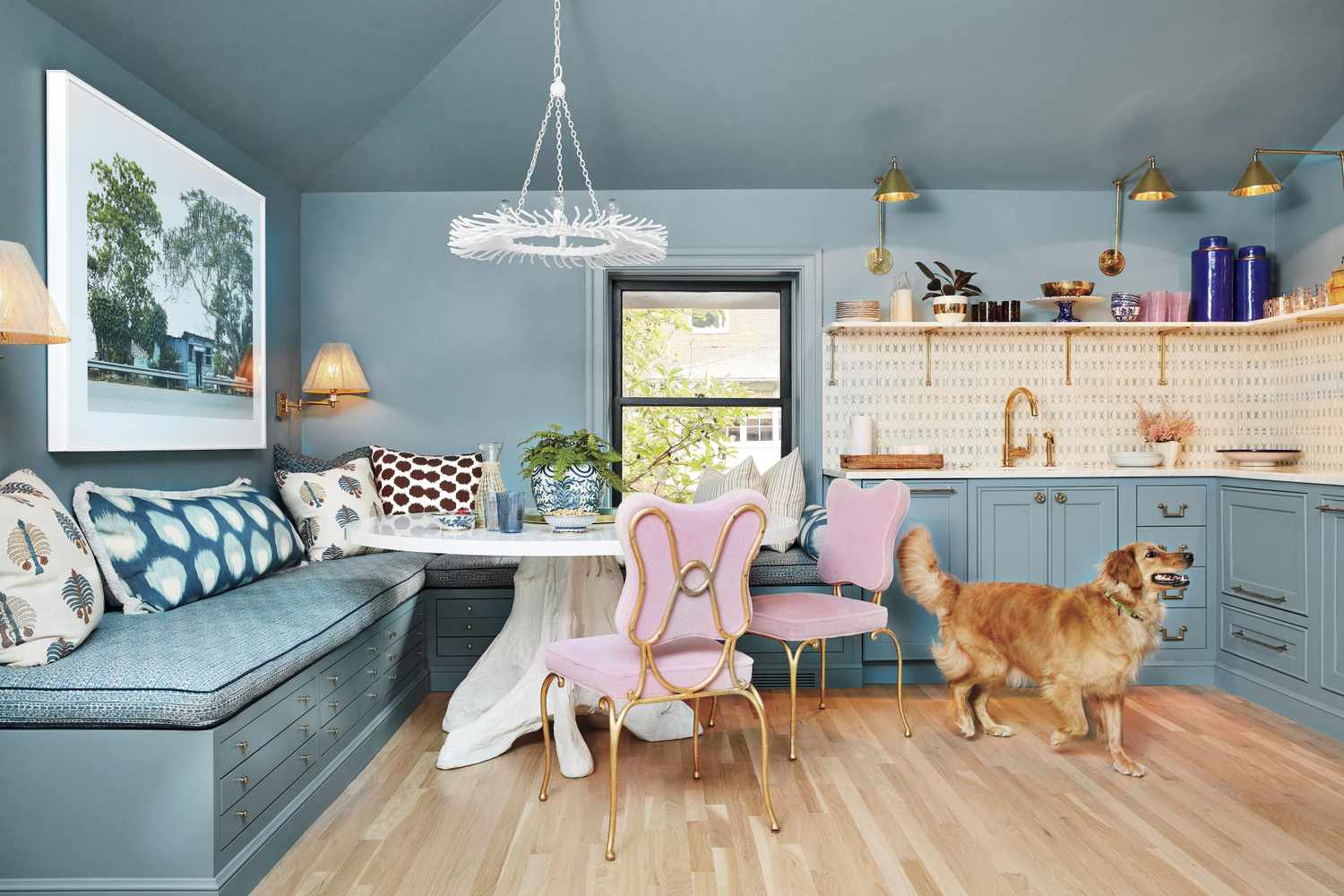

Interior Design
Paint Tricks For Small Rooms: 7 Best Space-Stretching Colors
Modified: August 28, 2024
Discover the top 7 space-stretching colors to create the illusion of a larger room. Transform your small space with these interior design paint tricks.
(Many of the links in this article redirect to a specific reviewed product. Your purchase of these products through affiliate links helps to generate commission for Storables.com, at no extra cost. Learn more)
Introduction
Welcome to our guide on paint tricks for small rooms! Decorating a small space can be a challenge, but with the right colors, you can create the illusion of a larger and more spacious room. The colors you choose for your walls can have a significant impact on the overall feel and perception of the space. By understanding color psychology and selecting the right hues, you can transform your small room into a visually appealing and inviting oasis.
Color psychology is the study of how colors affect human emotions and behavior. It is a powerful tool that can be used to influence mood, perception, and even the perceived size of a room. Lighter and cooler colors tend to create a sense of openness and spaciousness, while darker and warmer colors can make a room feel more cozy and intimate. By understanding these principles, you can strategically choose colors that will enhance the visual impact of your small room.
When it comes to choosing the right colors for small rooms, there are a few key factors to consider. First, consider the size and natural lighting of the space. Lighter colors work well in small rooms with limited natural light, as they can help reflect and amplify the available light. In contrast, darker colors can make a room feel smaller and more confined. Second, think about the overall style and ambiance you want to create. Different colors evoke different emotions and have varying effects on the mood of a room. For example, cool colors like blue and green can create a calming and serene atmosphere, while warm colors like yellow and orange can bring energy and vibrancy.
In this article, we will explore the 7 best space-stretching colors for small rooms. Each color has unique qualities that can help visually expand the space and create a more pleasant and comfortable environment. Let’s dive in and discover the transformative power of color!
Key Takeaways:
- Transform small rooms with space-stretching colors like pale blue, soft gray, and light yellow to create an illusion of depth, enhance perceived size, and add warmth and brightness.
- Utilize color psychology, natural lighting, and design elements to effectively use space-stretching colors, such as neutrals and contrasting hues, to create visually expansive and harmonious small room environments.
Color Psychology and Its Impact on Small Rooms
Color psychology plays a crucial role in interior design, especially when it comes to small rooms. The colors you choose for your walls can significantly impact the overall feel and perception of the space. By understanding the psychological effects of different colors, you can strategically use them to create the illusion of a larger and more open room.
Lighter colors, such as pale blues, soft grays, and light yellows, have a natural tendency to make a room feel more spacious. These colors reflect light, making the walls appear farther away and increasing the perceived size of the space. They also create a sense of calmness and serenity, which is beneficial in small rooms where you want to maximize relaxation and comfort.
On the other hand, darker colors, like deep greens, rich browns, and bold purples, can make a room feel more intimate and cozy. While they may not physically expand the space, these colors can create a sense of depth and warmth that can make a small room feel inviting and snug.
Warm colors, such as reds, oranges, and yellows, have a stimulating effect and can make a room feel energetic and vibrant. However, they can also make a small room feel more cramped and claustrophobic if used excessively. It’s important to strike a balance by incorporating warm colors as accents or in moderation, especially in small spaces.
Cool colors, like blues, greens, and purples, have a calming effect that can visually expand a small room. Pale blues, in particular, are known for their ability to create an illusion of depth. When used on walls, they can make the space feel larger and more airy. Greens and purples, on the other hand, create a sense of tranquility and can help create a soothing atmosphere in small rooms.
Neutral colors, such as whites, grays, and beiges, are versatile choices that work well in small rooms. They provide a clean and timeless look that can make a space feel more open and spacious. Neutral colors also serve as a backdrop for other decorative elements, allowing you to incorporate pops of color through furniture, accessories, or artwork.
When selecting colors for small rooms, it’s important to keep in mind the function of the space. For example, if you are designing a small bedroom, you may want to choose colors that promote relaxation and sleep, such as soft blues or muted grays. On the other hand, if you are decorating a small home office, you may want to incorporate energizing colors like yellow or green to boost creativity and productivity.
Understanding color psychology and its impact on small rooms is crucial when it comes to creating a visually appealing and comfortable space. By choosing the right colors, you can transform even the tiniest room into a warm and inviting sanctuary.
Choosing the Right Colors for Small Rooms
When it comes to choosing the right colors for small rooms, there are several factors to consider. The goal is to create a sense of openness and spaciousness while also reflecting your personal style and preferences. Here are some tips to help you choose the perfect colors for your small room:
1. Consider the natural lighting: Before deciding on a color scheme, take note of the amount of natural light the room receives. If the space is limited in natural light, opt for lighter hues that can help brighten up the room and make it feel more open. On the other hand, if the room is flooded with natural light, you have more flexibility with darker or deeper colors.
2. Stick to a monochromatic or analogous color scheme: Using one color or a group of colors that are next to each other on the color wheel can create a harmonious and visually pleasing look. This technique creates a seamless flow and avoids visual distractions that can make a small room feel cluttered.
3. Don’t be afraid of dark colors: While lighter colors are known for their space-expanding qualities, dark colors can also work well in small rooms if used strategically. Consider using a dark accent wall or incorporating darker shades through furniture or accessories to create depth and contrast in the room.
4. Use color contrasts: Another way to make a small room feel more spacious is by using contrasting colors. For instance, pairing a light-colored wall with darker furniture can create a visually stimulating contrast that helps create the illusion of depth.
5. Experiment with patterns and textures: Incorporating patterns and textures into your color scheme can add visual interest and depth to a small room. Consider using patterned wallpaper, textured paint finishes, or textured fabrics to create a dynamic and layered look.
6. Test before committing: Before painting the entire room, it’s crucial to test your color choices on a small area of the wall. Colors can look different under different lighting conditions, so it’s important to see how they appear in the specific space you are working with. Consider painting a sample swatch and observe it at different times of the day to ensure you are happy with the results.
7. Consider the ceiling color: Don’t forget about the ceiling when choosing colors for a small room. Opting for a lighter shade for the ceiling can create the illusion of height and make the room feel more spacious, while darker ceilings can create a cozy and intimate atmosphere.
Remember, the goal is to create a harmonious and visually pleasing space that maximizes the perceived size of the room. By following these tips and considering your personal style and preferences, you can choose the perfect colors for your small room and transform it into a stylish and inviting space.
The 7 Best Space-Stretching Colors for Small Rooms
When it comes to painting small rooms, certain colors are particularly effective at creating the illusion of more space. These colors have the ability to visually expand a room, making it feel larger and more open. Here are the seven best space-stretching colors for small rooms:
1. Pale Blue: Creating an Illusion of Depth
Pale blue is known for its ability to create a sense of depth and expansiveness. This calming and serene color can make walls recede, giving the perception of a larger space. Lighter shades of blue work best in small rooms, as they reflect light and enhance the overall brightness of the room.
Read more: What Colors To Paint A Small Living Room
2. Soft Gray: Enhancing the Perceived Size of the Room
Soft gray is a versatile and sophisticated color that can give the illusion of a larger room. It has the ability to make walls recede, creating a sense of airiness and spaciousness. Pairing soft gray with white trim or accents can further enhance the perceived size of the room.
3. Light Yellow: Adding Warmth and Brightness
Light yellow is a warm and inviting color that can make a small room feel bright and spacious. It reflects light well and creates a cheerful atmosphere. When using yellow, opt for pale or buttery shades to avoid overpowering the space. Pairing light yellow with white or cream accents can amplify the sense of openness.
4. Off-White: Achieving a Clean and Spacious Look
Off-white, such as ivory or creamy shades, is a classic choice for small rooms. This neutral color reflects light and creates a clean and airy feel. Off-white acts as a blank canvas, allowing other elements in the room to stand out. It pairs well with a variety of accent colors and can adapt to different styles and themes.
5. Pastel Green: Bringing a Calming and Airy Feel
Pastel green, like soft mint or sage, is a refreshing color choice for small rooms. It evokes a sense of nature and tranquility, making the space feel calm and serene. Pastel green reflects light and can create the illusion of more space. Pair it with lighter furniture and accessories to enhance the light and airy feel.
6. Lavender: Creating a Visually Appealing and Soothing Atmosphere
Lavender is a soft and delicate color that can add a touch of elegance to small rooms. Its cool undertones create a soothing ambiance, while its pale hues visually expand the space. Lavender pairs beautifully with whites, grays, and other pastel shades, creating a visually appealing and serene atmosphere.
7. Beige: Providing Versatility and Gentle Sophistication
Beige, in its varying shades, is a versatile color choice for small rooms. It can create a warm and inviting atmosphere while visually expanding the space. Beige works well with different styles and color schemes, making it a safe and timeless choice. Pairing beige with contrasting accents can add depth and interest to the room.
These seven colors offer excellent options for small rooms, providing a sense of space and openness. Remember to consider the natural lighting in the room and your personal preferences when choosing the best color for your small space. With the right color choice, you can transform a cramped room into a visually appealing and inviting sanctuary.
Pale Blue: Creating an Illusion of Depth
Pale blue is a popular and effective choice for small rooms when you want to create a sense of depth and spaciousness. This light and airy color has the ability to make walls recede, giving the impression of a larger room. By choosing a pale blue shade for your walls, you can visually expand the space and create a more open environment.
One of the reasons why pale blue is so effective in creating an illusion of depth is because it is a cool color. Cool colors have a natural tendency to visually recede, making the walls appear farther away. This creates a sense of increased depth in the room, which automatically makes it feel larger.
In addition to creating depth, pale blue also has a calming and serene effect. It promotes a sense of peace and tranquility, which can be particularly beneficial in small rooms. By choosing this color, you can create a soothing atmosphere that helps you relax and unwind.
When using pale blue in small rooms, it’s important to consider the amount of natural light the room receives. Lighter shades of blue work best in rooms with limited natural light, as they reflect light and enhance the overall brightness of the space. This further contributes to the illusion of openness and helps create a brighter and more cheerful environment.
To maximize the impact of pale blue in a small room, consider pairing it with white or light-colored furniture and accessories. This creates a clean and crisp look that enhances the sense of spaciousness. Additionally, adding mirrors to the room can also help reflect light and create a greater sense of depth.
It’s worth noting that while pale blue is a fantastic option for small rooms, it’s important to balance it with other elements in the space. Incorporating contrasting colors or textures can add visual interest and prevent the room from feeling too monotonous. For example, you can use pops of a bolder color or incorporate different patterns and textures to create depth and dimension.
Overall, pale blue is a highly effective color choice for small rooms. It creates an illusion of depth, enhances the perceived size of the space, and promotes a calming atmosphere. Whether you’re decorating a bedroom, a living room, or any other small room in your home, pale blue can transform the space and make it feel more open and inviting.
Soft Gray: Enhancing the Perceived Size of the Room
Soft gray is a versatile and sophisticated color that can make a significant impact on the perceived size of a small room. This neutral and understated color has the ability to create a sense of airiness and spaciousness, making it an excellent choice for those looking to visually expand their space.
One of the key benefits of using soft gray in small rooms is its ability to make walls recede, creating an illusion of greater depth. This visual effect tricks the eye into perceiving the room as larger than it actually is. The softness of gray allows it to blend seamlessly with the surrounding elements, making it an ideal backdrop for other design features and furnishings.
In addition to its space-enhancing qualities, soft gray also has a calming and soothing effect. It can create a serene and tranquil atmosphere in a small room, making it an ideal choice for bedrooms or relaxation areas. The neutral nature of the color also allows for easy coordination with other colors and design elements, making it a versatile option for various decorating styles.
When using soft gray in small rooms, it’s important to consider the lighting conditions. If the room has limited natural light, opting for a lighter shade of gray can help brighten up the space and add visual lightness. On the other hand, if the room receives ample natural light, you can experiment with slightly darker or bolder shades of gray to add depth and sophistication to the room.
Pairing soft gray with white or off-white trim and accents can further enhance the perceived size of the room. The contrast between the gray walls and the lighter accessories can create a crisp and clean look, contributing to an overall sense of spaciousness. Adding mirrors or reflective surfaces can also help bounce light around the room and create the illusion of more space.
When it comes to furnishing a room with soft gray walls, consider using furniture and accessories with different textures and pops of color. This adds visual interest and prevents the room from feeling monotonous. Introducing elements like patterned rugs, textured fabrics, or vibrant artwork can help create depth and dimension in the space.
Soft gray is a sophisticated and versatile color choice that can transform a small room and enhance its perceived size. By strategically incorporating this color into your design scheme, you can create a visually appealing and open space that exudes elegance and tranquility.
Light Yellow: Adding Warmth and Brightness
Light yellow is a vibrant and cheerful color that can have a transformative effect on a small room. By adding warmth and brightness, it can create an inviting and expansive atmosphere that makes the room feel larger and more open.
One of the main advantages of using light yellow in small rooms is its ability to reflect light. This color has a natural radiance that helps to amplify the available light in the space, making it appear brighter and more spacious. The reflective properties of light yellow can also create a warm and sunny ambiance, even in rooms with limited natural light.
In addition to its light-enhancing qualities, light yellow adds a sense of cheerfulness and positivity to a small room. This can create an inviting and uplifting environment, especially in areas where you want to promote a sense of warmth and comfort.
When incorporating light yellow into your small room, consider using it as the primary color for the walls. This allows for a strong impact, as the walls are the largest visual surface in the room. Alternatively, if you prefer a more subtle approach, you can use light yellow as an accent color through furniture, accessories, or artwork.
Pairing light yellow with neutral tones, such as white or cream, can enhance its brightness and create a soft and harmonious look. These lighter shades act as a backdrop and allow the light yellow to take center stage, further contributing to a sense of spaciousness in the room.
In terms of furnishings and decor, light yellow can work well with both light and dark wood finishes. Light-colored woods, such as pine or birch, can complement the bright and warm quality of the yellow. Darker wood tones, like mahogany or walnut, can create a striking contrast and add depth and sophistication to the space.
It’s important to note that when using light yellow in small rooms, you should exercise moderation to avoid overwhelming the space. Use the color strategically in combination with other hues to create balance and visual interest. Consider incorporating different textures, patterns, and complementary colors to add depth and dimension to the room.
Overall, light yellow is a fantastic choice for small rooms, as it adds warmth, brightness, and a sense of expansiveness. Whether used on walls or as an accent color, light yellow has the power to transform a small room into a welcoming and airy space that radiates positivity and joy.
Off-White: Achieving a Clean and Spacious Look
When it comes to creating a clean and spacious look in a small room, off-white is an excellent color choice. Off-white hues, such as ivory or creamy shades, offer a timeless and versatile palette that can make any space feel open and airy.
One of the key benefits of using off-white in small rooms is its ability to reflect light. This color has a light-reflective quality that helps bounce natural and artificial light around the room, creating a bright and inviting atmosphere. By maximizing the brightness, off-white can visually expand the space and make it feel larger.
Off-white acts as a neutral backdrop that allows other design elements in the room to stand out. This gives you the flexibility to experiment with different accent colors, textures, and patterns without overwhelming the space. It acts as a blank canvas, providing a clean and versatile foundation for your décor style.
Incorporating off-white on the walls of a small room creates a seamless and cohesive look. It creates a sense of continuity, making the space feel more open and connected. Off-white also has a calming effect, promoting a serene and tranquil atmosphere that can be particularly beneficial in bedrooms or relaxation areas.
When using off-white in a small room, it’s important to consider the tonal variations. Off-white hues can range from cooler undertones, such as gray or blue, to warmer undertones, such as beige or yellow. You can choose a shade of off-white that complements the overall color scheme and mood of the room.
Pairing off-white with light-colored furniture and accessories can enhance the clean and spacious look. This creates a cohesive and harmonious aesthetic, while allowing the off-white walls to remain the focal point. You can also add pops of color through artwork, cushions, or rugs to introduce visual interest and prevent the room from appearing too monotonous.
Off-white also works well with different design styles, allowing you to create a variety of looks. It can lend itself to a contemporary or minimalist aesthetic, as well as a more traditional or rustic vibe. The versatility of off-white makes it a popular choice among homeowners and designers alike.
Overall, off-white is a fantastic color choice for small rooms. Its light-reflective properties, neutral versatility, and ability to create a clean and spacious look make it an ideal choice. Whether you prefer a modern or classic style, off-white can help transform your small room into an inviting and visually expansive space.
Pastel Green: Bringing a Calming and Airy Feel
Pastel green is a beautiful and versatile color that can bring a calming and airy feel to a small room. This soft and delicate shade of green has the power to create a tranquil and relaxed atmosphere, making it a wonderful choice for creating a visually expansive space.
One of the main benefits of using pastel green in small rooms is its ability to evoke a sense of nature and serenity. Green is inherently associated with the outdoors and can bring a refreshing and rejuvenating ambiance indoors. Pastel green, in particular, has a gentle quality that can instantly create a calming effect, promoting a peaceful and Zen-like atmosphere.
In addition to its calming properties, pastel green has a light and airy quality that can visually open up a small room. This color reflects light well, making the space appear brighter and more spacious. The natural brightness of pastel green also contributes to an overall refreshing and rejuvenating environment.
When incorporating pastel green into a small room, consider using it as the main color for the walls. Painting the walls in this soothing shade can set the tone for the entire space and create a cohesive and harmonious look. Alternatively, you can introduce pastel green through furniture, textiles, or decorative accents to add pops of color and reinforce the calming atmosphere.
Pairing pastel green with light-colored elements can enhance its airy feel and create a visually expansive effect. White or cream-colored furniture and accessories complement pastel green beautifully, creating a fresh and clean aesthetic. This combination allows the pastel green to take center stage while maintaining a sense of openness and brightness in the room.
To further enhance the calming and airy atmosphere, consider incorporating natural elements into the room’s design. Plants, natural textures, and organic materials can complement the pastel green and reinforce the connection to nature. This not only adds visual interest but also contributes to a soothing and inviting environment.
Pastel green works well with different design styles, whether you prefer a minimalist, coastal, or Scandinavian-inspired look. It can bring a touch of serenity and elegance to any style, making it a versatile choice for small rooms. Feel free to experiment with different shades of pastel green to find the one that best suits your personal taste and complements the overall aesthetic of the room.
In summary, pastel green is an exceptional color choice for small rooms. Its calming and airy qualities can create a tranquil and visually expansive space. By incorporating pastel green into your small room’s design, you can transform it into a peaceful oasis that exudes serenity and charm.
Lavender: Creating a Visually Appealing and Soothing Atmosphere
Lavender, a delicate and enchanting shade of purple, is a fantastic choice for creating a visually appealing and soothing atmosphere in a small room. This beautiful and calming color has the power to transform the space, making it feel serene and inviting.
One of the key benefits of using lavender in small rooms is its ability to create visual interest without overwhelming the space. Lavender has a softness and subtlety that adds a touch of elegance and sophistication, creating a visually pleasing and charming environment.
Lavender is often associated with relaxation and tranquility, making it an ideal choice for bedrooms, meditation spaces, or any room where a soothing ambiance is desired. The color has a calming effect on the mind and can help promote a sense of peace and serenity.
When incorporating lavender into a small room, consider using it as the main color for the walls. Painting the walls in this soothing shade can create a cohesive and harmonious look, setting the tone for the entire space. Alternatively, you can introduce lavender through furniture, fabrics, or accessories to add pops of color and reinforce the calming atmosphere.
Pairing lavender with lighter shades, such as white or cream, can further enhance its soothing and airy feel. These neutral tones amplify the lightness and delicacy of lavender, creating a fresh and clean aesthetic. The combination of lavender and lighter elements can visually open up the room, making it feel more spacious and inviting.
Adding touches of contrasting colors, such as soft green or muted pink, can elevate the visual appeal of a lavender-themed room. These complementary colors can create a harmonious and balanced look, adding depth and dimension to the space. Experimenting with different textures and patterns can further enhance the visual interest and create a visually captivating atmosphere.
Lavender is a versatile color that can adapt to different design styles. It can lend itself to a romantic and vintage-inspired look, a contemporary minimalistic aesthetic, or even a bohemian and eclectic vibe. Whether you prefer a more subdued or bold approach, lavender can be incorporated to create a visually stunning room.
Ultimately, lavender is an excellent choice for small rooms. Its visually appealing and soothing qualities can turn any space into a serene and inviting oasis. By harnessing the power of lavender, you can create a visually captivating and tranquil environment that exudes charm and elegance.
Beige: Providing Versatility and Gentle Sophistication
Beige, a timeless and neutral color, is an excellent choice for small rooms as it provides versatility and a gentle sophistication. This understated hue has the ability to create a clean and spacious look in any space, making it a popular choice amongst homeowners and designers alike.
One of the key advantages of using beige in small rooms is its versatility. Beige can effortlessly blend with a variety of color palettes and design styles, allowing you to easily coordinate with other elements in the room. From contemporary to traditional or even eclectic, beige acts as a flexible backdrop that adapts to any theme or aesthetic.
Beige has a calming and soothing effect, creating a cozy and comfortable atmosphere. It lends warmth and a sense of balance to a small room, making it feel inviting and tranquil. This neutral color has the power to visually open up the space, giving the impression of a larger room.
When incorporating beige into a small room, you can use it as the primary color for the walls or as a base color for furniture and larger elements. The versatility of beige allows you to experiment with different accent colors and textures to add visual interest and dimension to the room. By incorporating pops of color or unique patterns through accessories and decor, you can prevent the room from feeling too monotonous.
Pairing beige with lighter colors, such as whites or creams, can further enhance the clean and spacious look. This color combination creates a fresh and airy aesthetic that contributes to an overall sense of openness. Additionally, incorporating natural elements, like wood or plants, can add warmth and texture, creating a cozy yet sophisticated atmosphere.
Another benefit of beige is its compatibility with different lighting conditions. Whether your small room receives ample natural light or has limited window exposure, beige adapts well and can create an environment that feels bright and inviting. It reflects light beautifully, allowing the room to feel more open and airy.
Beige also provides a perfect canvas for layering different textures and materials. By incorporating various fabrics, such as soft linens, cozy knits, or smooth leather, you can add depth and visual interest to the room. These textural elements can create a sophisticated and inviting ambiance, elevating the overall look and feel of the space.
Overall, beige is a versatile and timeless color choice for small rooms. Its gentle sophistication and adaptability make it an ideal option for creating a clean and spacious look. By incorporating beige into your small room’s design, you can create a versatile and inviting space that exudes both comfort and style.
Tips for Using Space-Stretching Colors Effectively
Using space-stretching colors effectively in small rooms involves careful consideration of colors, lighting, and design elements. Here are some tips to help you make the most of your chosen colors:
1. Understand the impact of colors:
Familiarize yourself with color psychology and how different colors can affect the perception of space. Lighter colors tend to create a sense of openness, while darker colors can make a room feel smaller and more intimate. Choose colors that align with your desired ambiance and the size of your small room.
2. Use light and cool colors wisely:
Lighter and cooler colors, such as pale blues and soft grays, can visually expand a small room. Use these colors on the walls or as the dominant hues in your color scheme. Be mindful of the balance between light and cool colors to avoid an overly cold or sterile feel. Incorporate warm accents or textures to add depth and coziness.
3. Consider natural lighting:
Take into account the amount of natural light your small room receives when choosing colors. Lighter colors work well in rooms with limited natural light as they help reflect and amplify the available light. For rooms with abundant natural light, you have more flexibility to experiment with darker or bolder colors.
4. Embrace neutrals:
Neutral colors like off-white, beige, and soft grays can provide a clean and spacious look in small rooms. They act as a backdrop that allows other design elements to shine. Consider employing different shades and textures of neutrals to add visual interest and create depth in the room.
5. Use contrasting colors:
Incorporating contrasting colors can add depth and visual intrigue. Pair lighter walls with darker furniture or accessories to create a sense of depth and dimension in the room. Additionally, using contrasting colors in patterns or textures can draw the eye and make the space feel more expansive.
6. Utilize mirrors and reflective surfaces:
Strategically placing mirrors and incorporating reflective surfaces can enhance the sense of space in a small room. Mirrors reflect light and create the illusion of depth, making the room feel larger. Consider placing mirrors on walls opposite windows or using mirrored furniture and accessories to amplify the effect.
7. Balance color with other design elements:
While colors play a crucial role in space-stretching, be mindful of other design elements to create a harmonious and balanced look in your small room. Consider the scale and arrangement of furniture, the use of lighting, and the incorporation of textures and patterns to further enhance the perception of space.
By following these tips and understanding the principles of color psychology, you can effectively use space-stretching colors to create the illusion of a larger and more inviting environment in your small room. Experiment, trust your instincts, and have fun creating a visually expansive and pleasing space.
Conclusion
Decorating small rooms can be a delightful challenge, but with the right colors, you can transform cramped spaces into visually expansive and inviting havens. By understanding color psychology and the impact of different hues, you can strategically choose space-stretching colors that create the illusion of a larger room.
Pale blue, with its ability to create an illusion of depth, and soft gray, known for enhancing perceived size, are excellent choices for making small rooms feel more spacious. Light yellow adds warmth and brightness, while off-white achieves a clean and airy look. Pastel green brings a calming and airy feel, lavender creates a visually appealing and soothing atmosphere, and beige provides versatility and gentle sophistication.
To use space-stretching colors effectively, consider the natural lighting in your room and choose colors that complement it. Experiment with contrasts and textures, and incorporate mirrors and reflective surfaces to maximize the perception of space. Balancing colors with other design elements, such as furniture and lighting, is crucial for creating a harmonious and visually expansive environment.
In conclusion, don’t be afraid to think outside the box and unleash your creativity when selecting colors for small rooms. By understanding the power of color and following the tips provided, you can transform your small room into a personalized retreat that feels open, inviting, and visually stunning.
Remember, the key is to find the right balance between creating a sense of space and reflecting your personal style. Choose the colors that resonate with you and create a space that you love to be in. Whether you opt for soothing pastels, clean neutrals, or vibrant accents, let your small room reflect your unique personality and embrace the transformative power of color.
Frequently Asked Questions about Paint Tricks For Small Rooms: 7 Best Space-Stretching Colors
Was this page helpful?
At Storables.com, we guarantee accurate and reliable information. Our content, validated by Expert Board Contributors, is crafted following stringent Editorial Policies. We're committed to providing you with well-researched, expert-backed insights for all your informational needs.
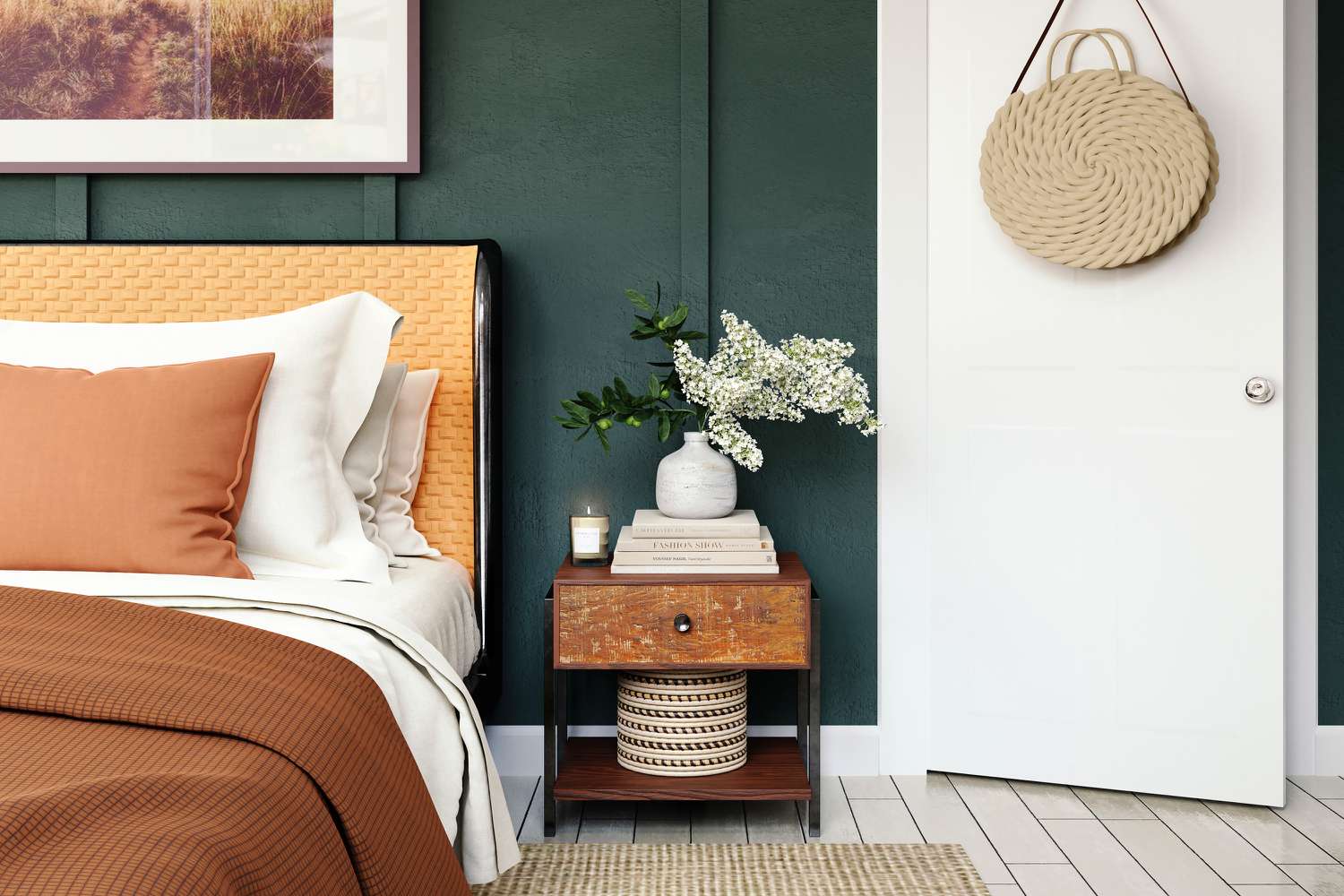
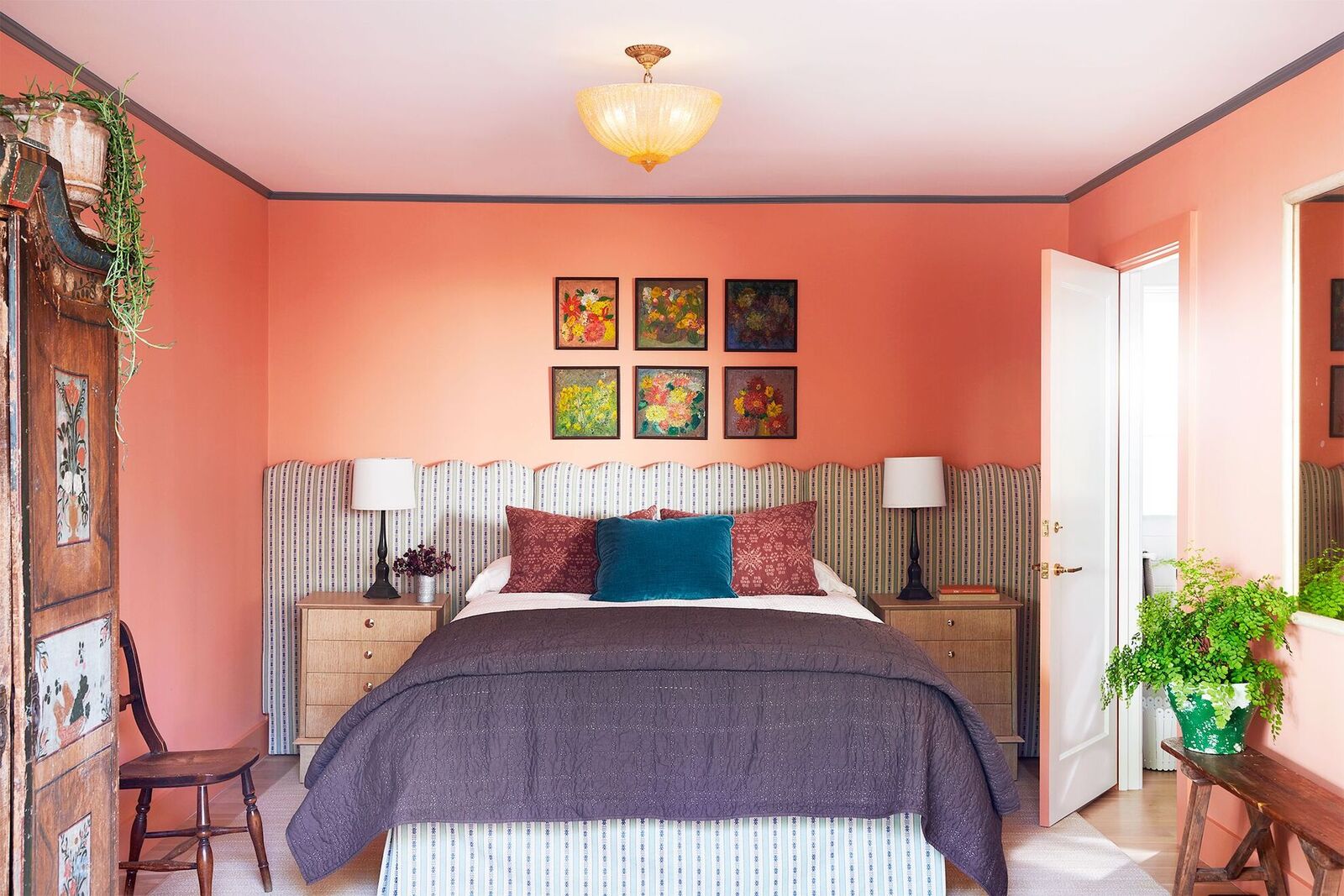
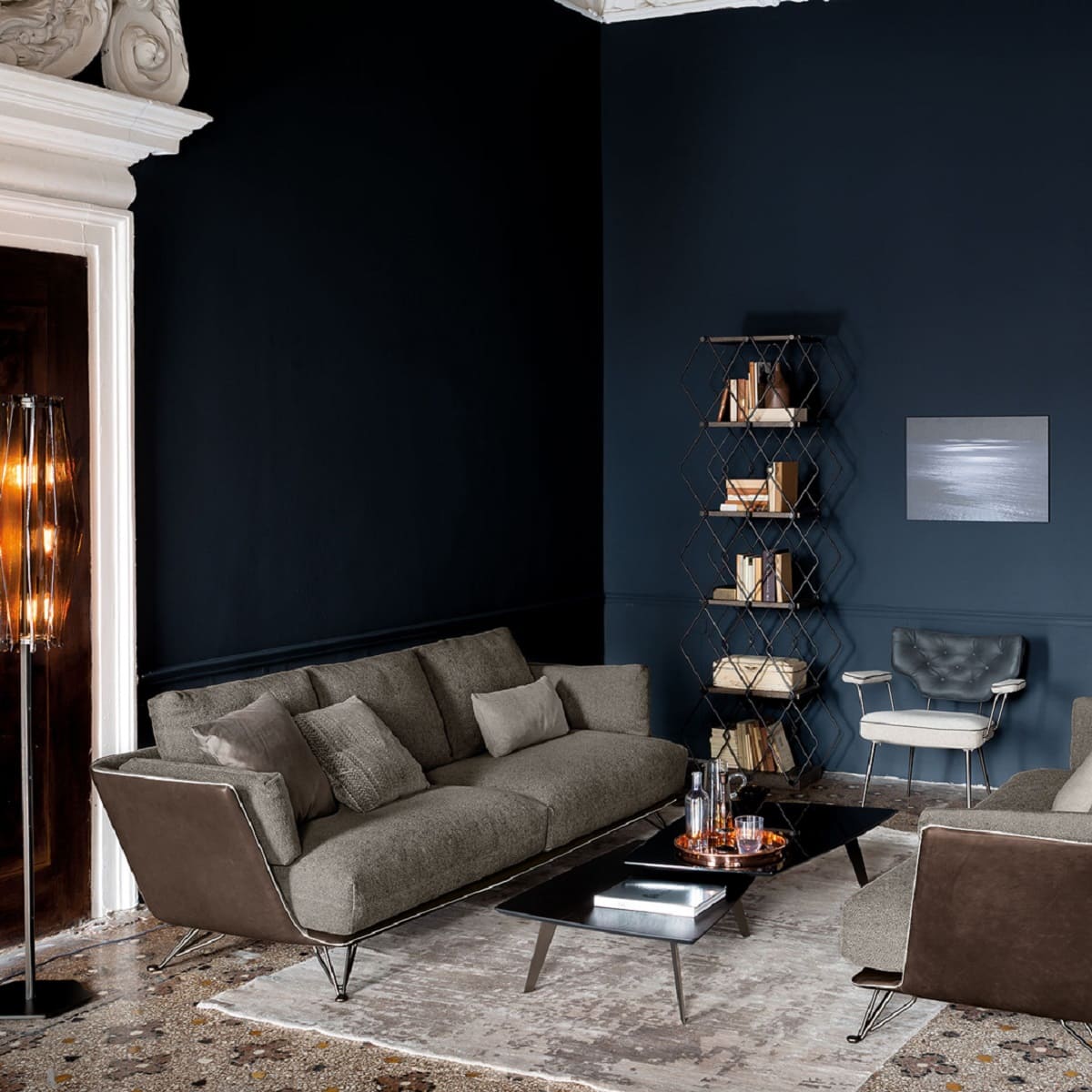

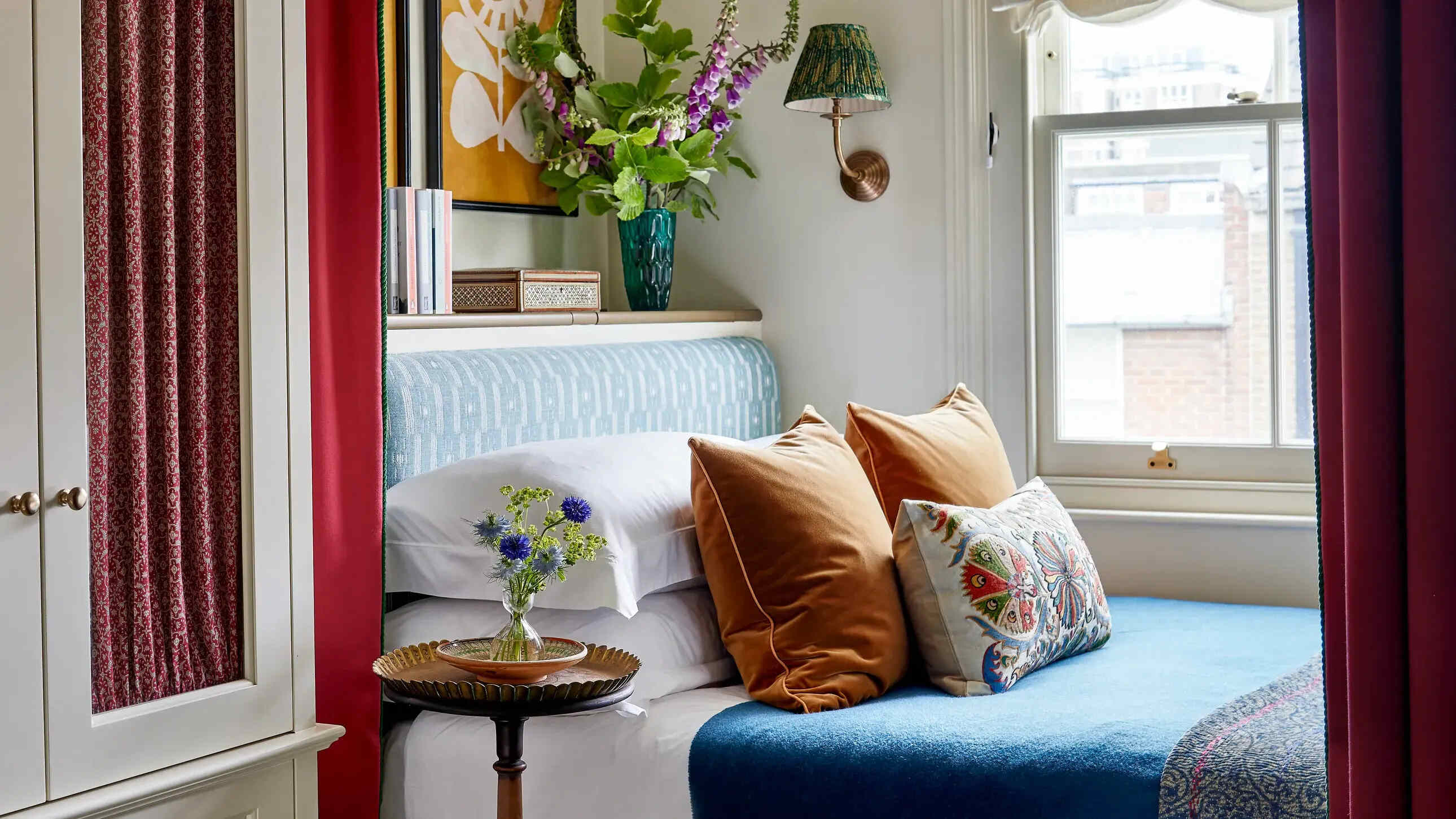
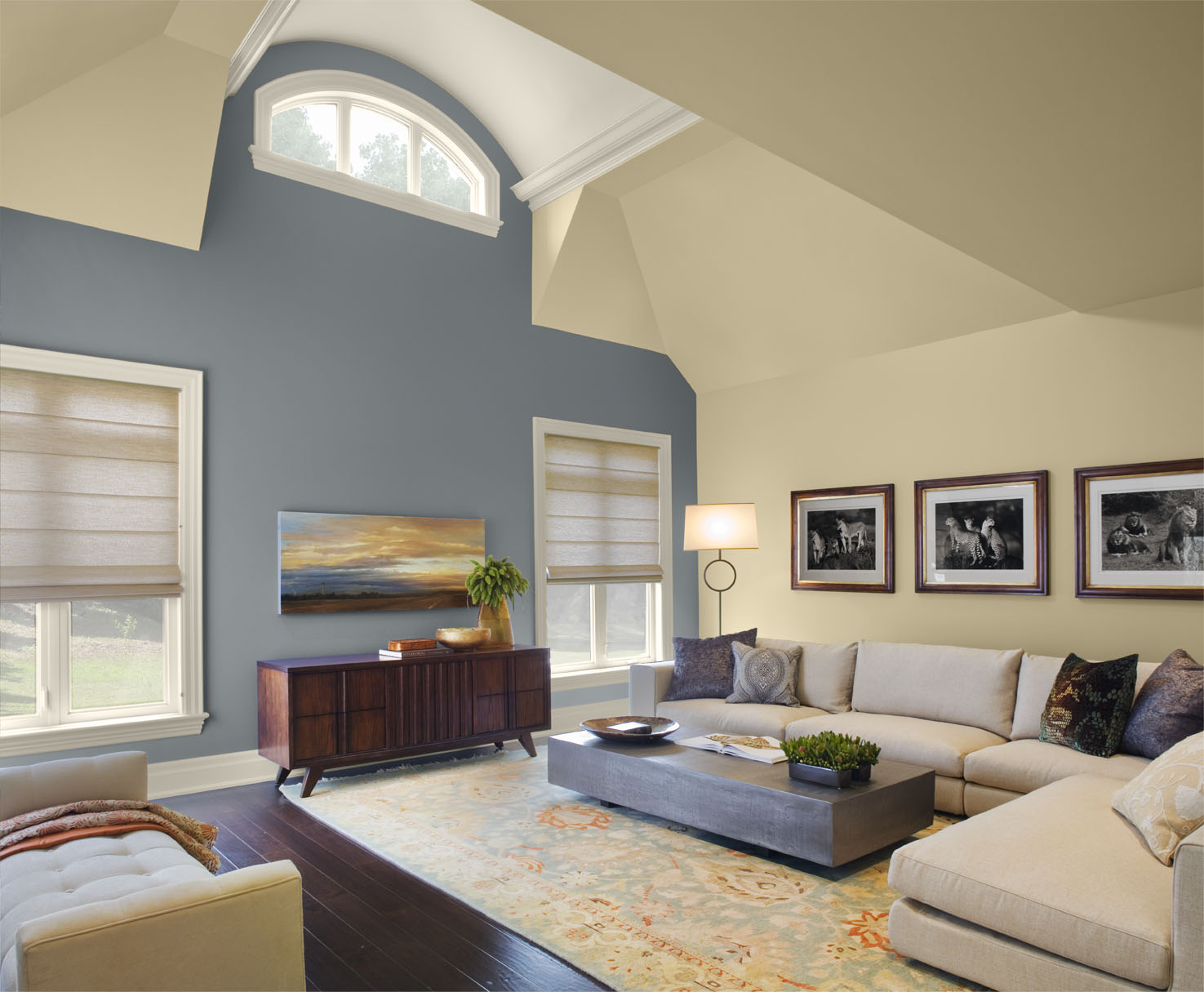
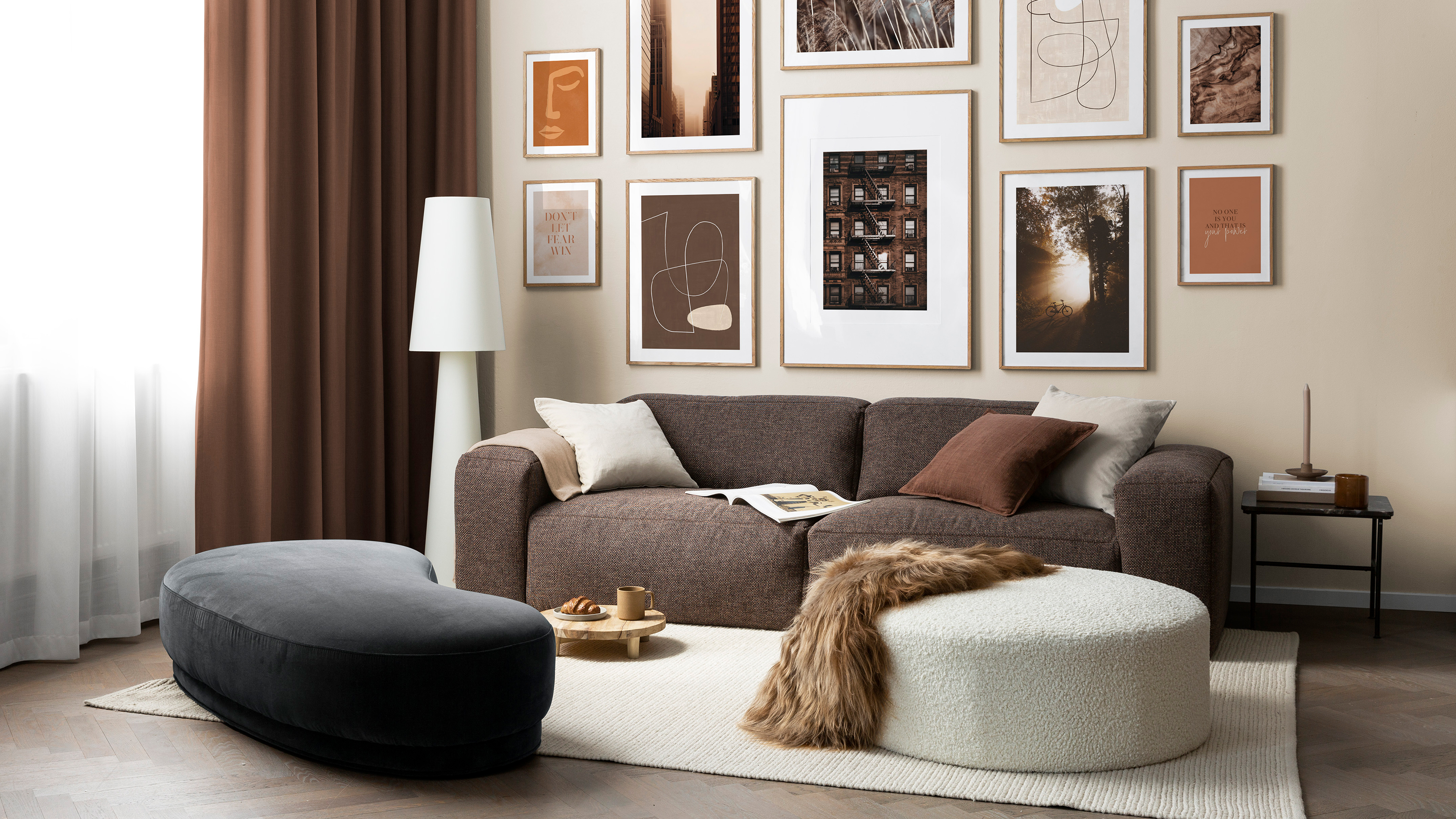
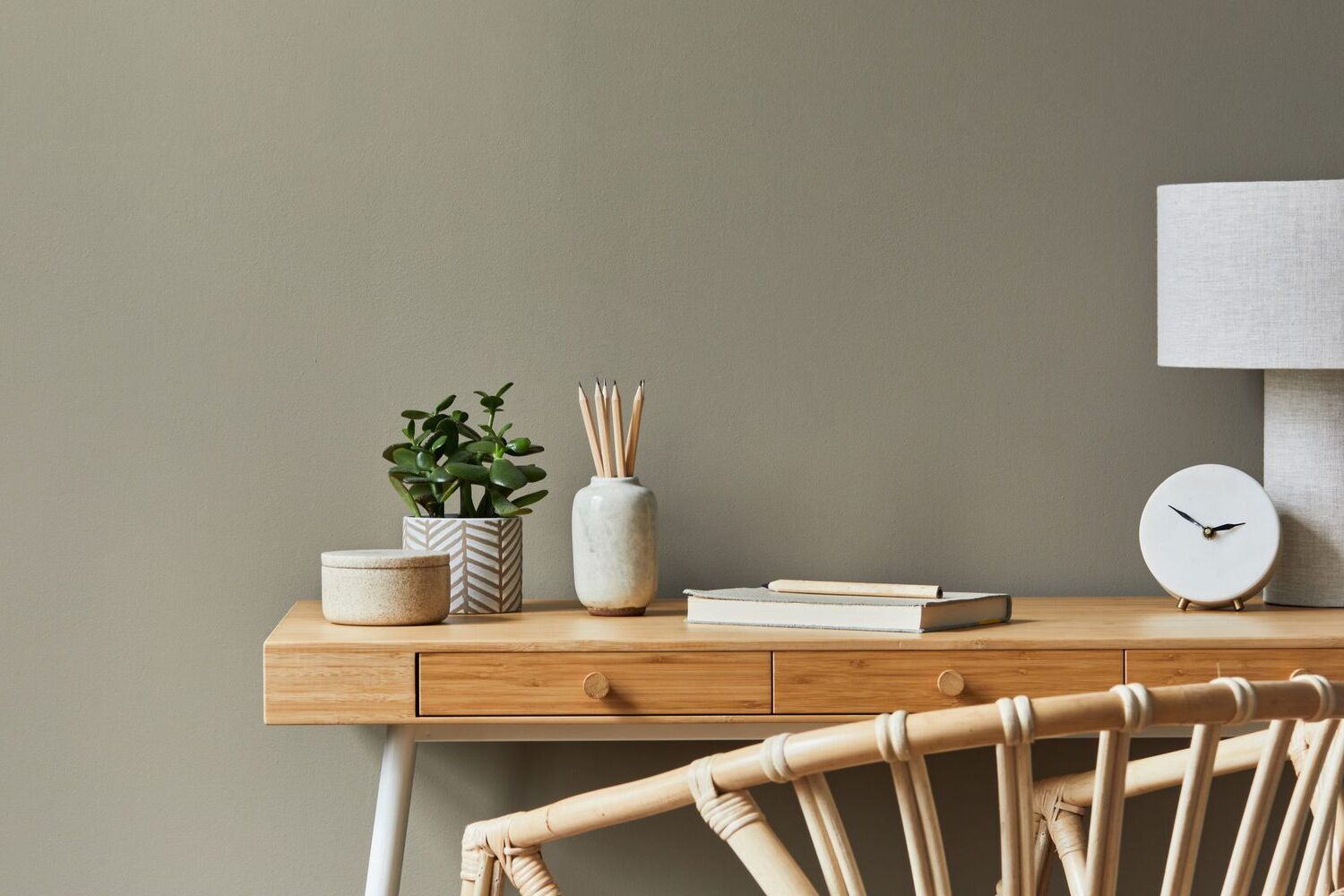


0 thoughts on “Paint Tricks For Small Rooms: 7 Best Space-Stretching Colors”